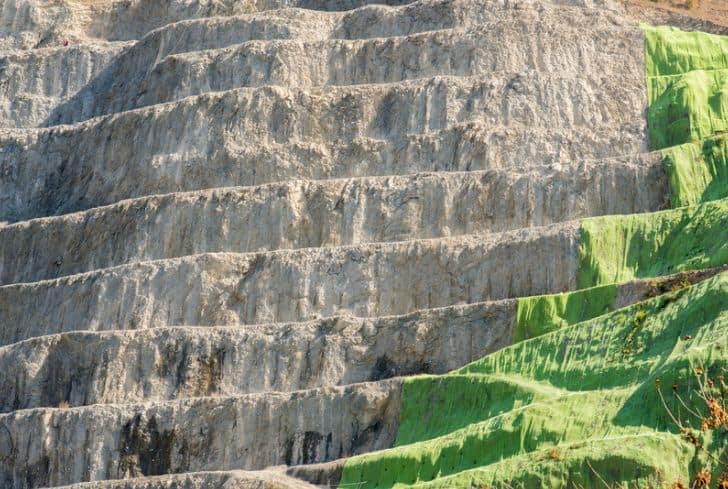Strip mining is one of the oldest forms of mining, with roots dating back to the Bronze Age. It is also one of the most environmentally destructive forms of extraction.
You see, strip miners remove large amounts of soil and rock above ground — usually called overburden — attracting numerous environmental problems, such as the destruction of wildlife habitats or contamination from chemicals used in mining processes.
The environmental impact of strip mining is caused by the disruption to the landscape and the release of waste rock into streams, rivers, and lakes.
The process of land disturbance in strip mining necessitates significant energy input for the removal of soil and rock, resulting in elevated carbon dioxide emissions. This article will delve into the specific environmental repercussions of strip mining.
What is Strip Mining?
Strip mining is a form of surface mining for mineral deposits, which allows the overburden (soil, rock, etc.) to be removed from an ore body by mechanical means and then placed in nearby dumps or valleys. The main products are coal and oil shale.
Strip mining is the process of extracting ore or minerals from the earth by first removing overburden. The overburden is then deposited in an area called a “reclaim.”
In strip mining, the overburden is removed to expose the desired material. Most hillsides are too steep or contain loose materials to be accessed by tunneling, so they must be removed by removing some of the hillsides. The materials are piled up in an adjacent area until they can be processed or transported further inside the mine.
This technique is most commonly used for coal (and other minerals) and some metals such as gold and copper; it has also been used for diamonds when opencast mining was impossible due to environmental restrictions on digging up rural land.
Examples of Strip Mining
Strip mining can extract minerals like coal, iron ore, gold, copper, and uranium. Some of its examples are underground, open-pit, and underwater mining.
Below are detailed explanations of some examples of strip mining:
Underground
Underground mining is the most common example of mining, and it can be used to extract minerals, oil, and gas. Underground mining is carried out in many different ways.
One way is by using tunnel boring machines (TBM). A TBM consists of a rotating head at the front that removes earth and rock as it bores through soil or rock.
The dirt removed from inside the hole forms an underground cavity called a gallery which can be used for storage or transportation systems such as railroads or pipelines.
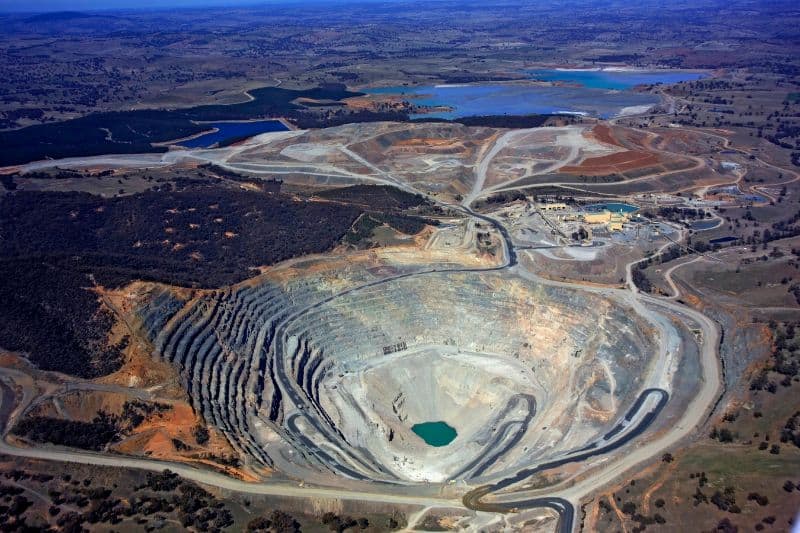
Open-pit
Open-pit mining is a form of surface mining used when ore deposits are found close to the surface. The overburden (above the ore) is removed to expose the ore. This method can be used for ores such as coal, oil sands, and uranium.
The overburden is usually removed by drilling and blasting or by hydraulic excavators. The ore is extracted using loaders or front-end loaders that scoop up the ore and dump it into trucks or conveyors.
Open-pit mines present several environmental impacts, including water pollution from tailings and waste rock, air pollution from dust and diesel particulates, acid mine drainage, and destruction of vegetation surrounding the mine site.
Underwater
Strip mining underwater is used to extract minerals from the ocean floor. It is a relatively new form of mining that has only been around since the 1870s. This process retrieves minerals, usually metals, such as gold and silver. The process uses suction pumps to remove the mineral from the seabed.
Underwater mines use various tools and machines to bring up material from below the water’s surface. The most common tool for underwater mining is a dredge bucket or scoop.
Types of Strip Mining
In strip mining, there are four major types, and they include surface mining, contour mining, placer mining, and In-situ mining.
Surface mining is the most common form of strip mining and involves removing all the soil from a shallow layer of ground. In contrast, area mining involves removing soil from an entire region.
Contour mining, also known as cut and fill, involves digging pits along hillsides and filling them with waste material to create flat areas for roads or buildings to be built on.
Below are detailed explanations of the types of strip mining.
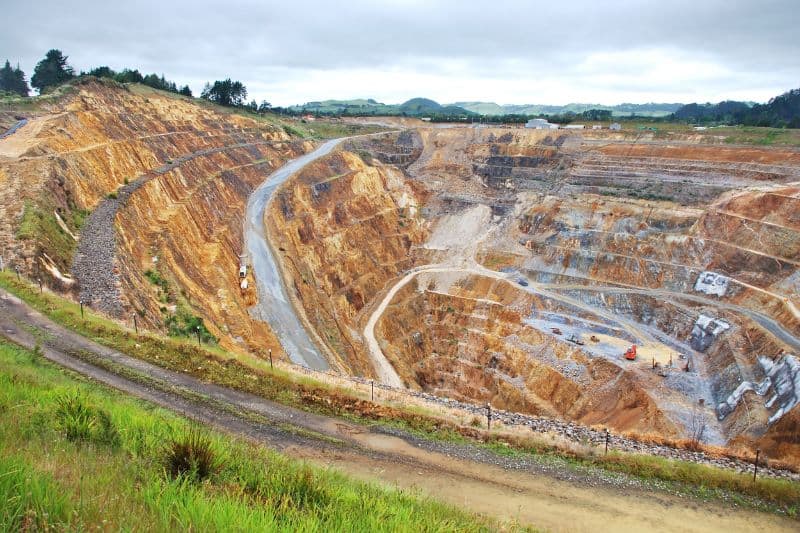
Surface Mining
The most common type of surface mining is strip mining, which involves removing topsoil and overlying rocks to expose mineral deposits lying near the surface.
Surface mining is extracting rocks and minerals from the earth’s surface. Surface mining can be done by strip mining, open pit mining, and mountaintop removal.
Contour Mining
Contour mining is surface mining that follows the contours of the land to extract coal or other minerals. This method is used to remove overburden, which is a rock above the coal or mineral deposit.
Contour mining is digging along a hill’s contours rather than through its center. This method is used in areas with a risk of water seepage from the mine or where there are significant deposits of ore along the edges of hills.
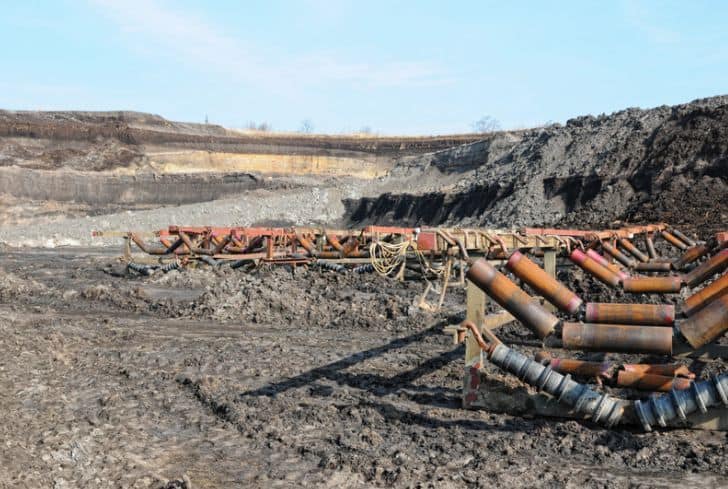
Placer Mining
Placer mining is extracting precious metals or gemstones from alluvial deposits. It is a form of mining that uses heavy machinery to extract gold from riverbeds, which impacts the environment because they use so much water and can damage rivers.
The process involves separating the sand from the gold-bearing material and then processing the resulting material to extract the gold. The concentration of gold in placer deposits is often very low, requiring significant effort to extract it.
In-situ Mining
In-situ mining is a form that extracts minerals from the ground without removing the earth. The minerals are extracted using underground wells and then pumped to the surface.
This method is used for hard-to-reach deposits or when it would be too expensive to extract the minerals.
Effects of Strip Mining
The effects of strip mining vary depending on how it is done and where it is done. However, at most times, some common effects usually occur. The most obvious effect is the destruction of land: once stripped, the land will never be able to return to its natural state.
The topsoil and vegetation that help keep soil in place are usually lost during strip mining. When this occurs, there is usually an increase in water runoff, and erosion could occur easily.
Below are some other effects of strip mining.
1. The Devastation of Landscapes and Habitats
Strip mining can devastate landscapes and habitats in many ways. For instance, it changes the land’s topography by creating a vast flat area known as a pit. This is where the coal or minerals are located and removed from the ground.
The large holes left behind from this process and the piles of waste rock that are created can leave large scars on the landscape.
2. Deforestation and Erosion
Strip mining can cause deforestation, which is the direct cause of erosion. When strip mines are dug into a hill or mountain, trees and other plants have to be removed, and this causes the topsoil to wash away, and the land to become barren.
The roots of these plants hold together the soil and prevent it from washing away by absorbing rainwater and preventing erosion. Removing trees and vegetation creates an open space that allows wind and rain to carry away soil more easily than when it was covered with trees and plants.
3. Pollutes Groundwater
Strip mining is a process that involves removing layer after layer of soil to create an open pit mine. The strip mining process can leave behind toxic chemicals in the ground, contaminating local water sources, agricultural land, and wildlife habitats.
This contamination can negatively affect human health, natural ecosystems, and wildlife populations. Groundwater pollution occurs when contaminants are introduced into groundwater systems, causing harm or damage to living organisms in the area.
Groundwater pollution is usually most severe near industrial sites due to poor waste disposal practices; however, some forms of strip mining can cause damage to groundwater systems even at great distances away from their site borders.
4. It Can Attract Health Hazards
Besides causing trouble for animals, plants, and environment in general, strip mining can attract serious health issues, especially for those on the site and the neighboring community.
The major health hazards associated with strip mining include:
● Dust — Dust particles produced during strip mining are small enough to penetrate deep into the lungs, causing respiratory problems such as asthma and bronchitis.
● Water pollution — Water can contain dissolved metals from the stripping process that cause toxic effects on aquatic life.
● Air pollution — Air pollution comes from diesel-powered equipment used in strip mining operations and dust clouds produced by these activities. The dust may contain silica, asbestos, lead, and other toxic chemicals, which can pose a health threat if inhaled over time (for example, lung cancer).
5. Displacement of Communities
In communities where strip mining takes place, entire communities are often displaced. Displacement of communities can be a devastating experience for the people living there, who may have had to move several times.
In addition, the land that has been mined is often left in ruins, with no use except for growing weeds and other plants that will not be useful to anyone or anything else.
6. Wildlife Damage
Strip mining can cause major wildlife damage. This can happen when the strip mine destroys natural habitat, forcing animals out of their homes or destroying them. Strip mining also puts animals at risk of being killed by machinery used at the site.
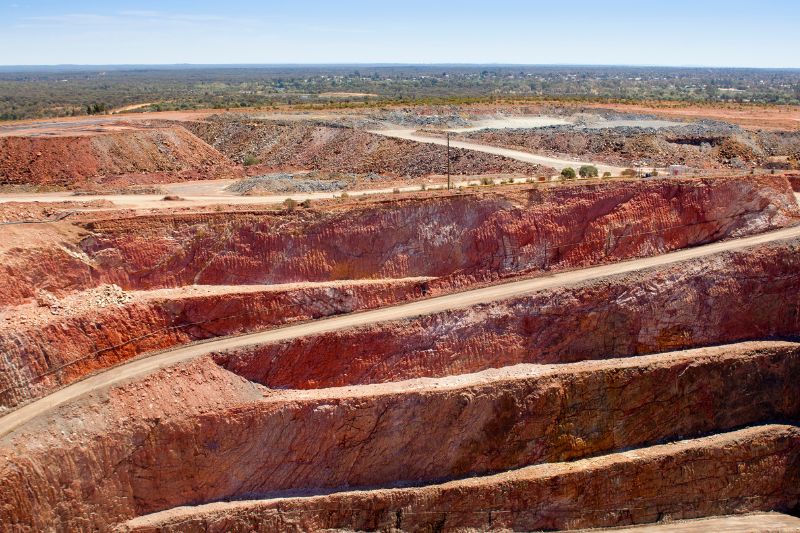
Solutions to Strip Mining
There are several ways to solve strip mining’s environmental problems. One of these is reclamation, which involves restoring the land stripped from the mine site after extraction has been completed.
Suppose a mine site is being used for residential purposes, for example. Reclamation will likely involve replacing topsoil, planting trees and grasses, and adding water features such as lakes or ponds.
Below are some other solutions.
1. Use Recycled Materials
Another way to solve these problems is by recycling materials that would otherwise be strip-mined. Recycling can help save energy, reduce pollution from strip mining operations, preserve forests, and protect wildlife habitats from destruction.
It also reduces the amount of waste generated by mining activities because there are no tailings ponds or landfills with toxic substances that must be managed after mining operations have concluded.
2. Land Restoration and Reclamation
Strip mining operations must be restored and reclaimed to their original condition by the end of the mining process. All topsoil is replaced, and any structural damage caused by mining activity has been repaired.
Conclusion
Strip mining has been criticized for its impact on water quality and the environment. It can cause contamination in nearby streams, rivers, and groundwater systems. This contamination can result in reduced water quality or increased qualities of sulfuric acidity.
Also, strip mining causes erosion and sedimentation, which leads to downstream flooding concerns. Additionally, strip mining operations release toxins such as mercury into the atmosphere, negatively affecting local ecosystems.
